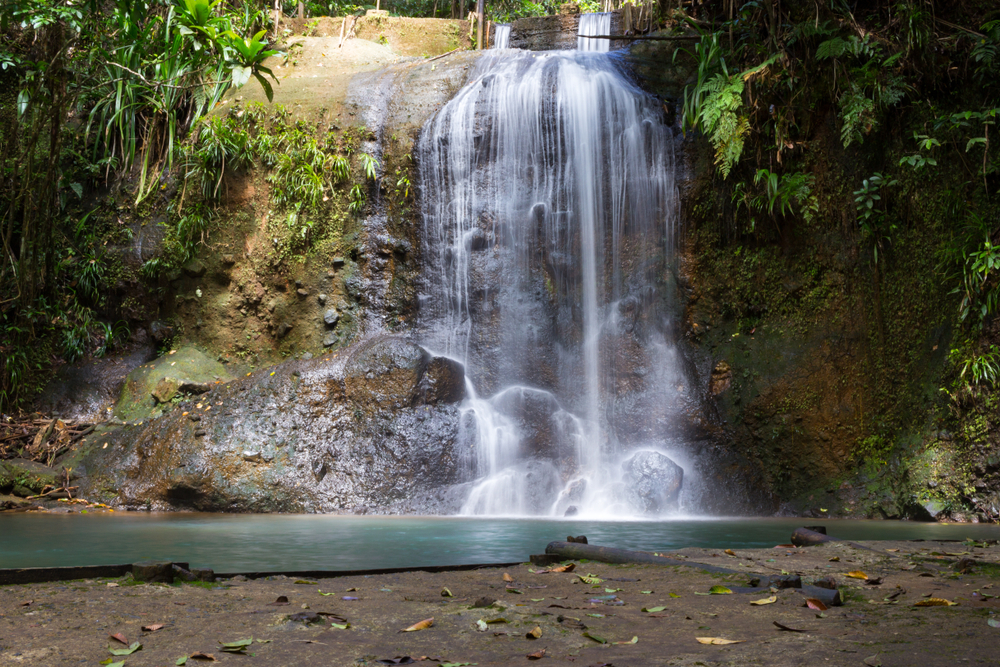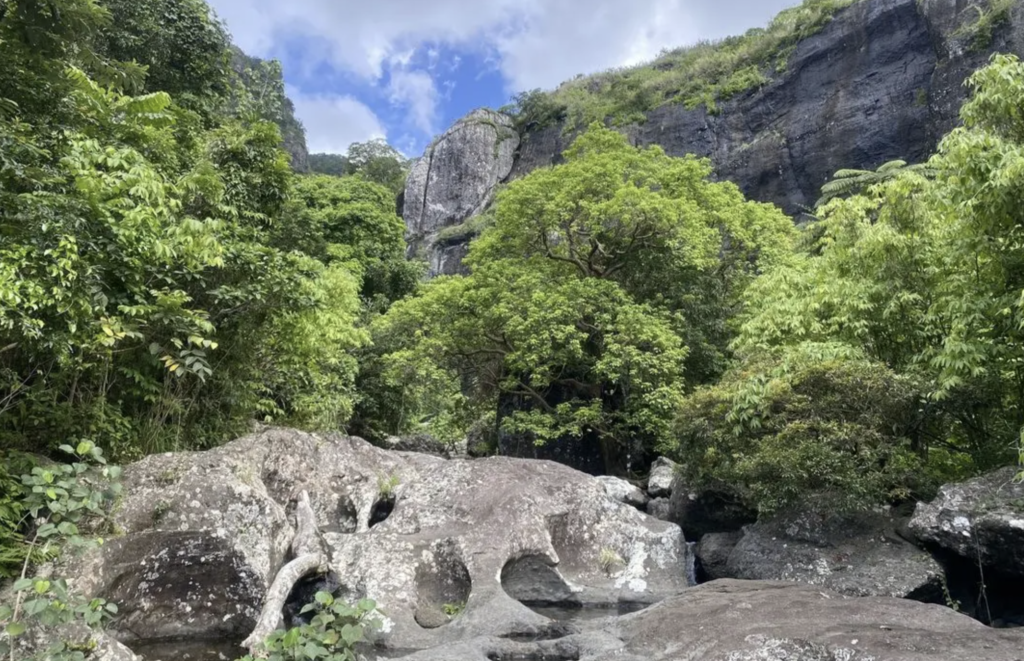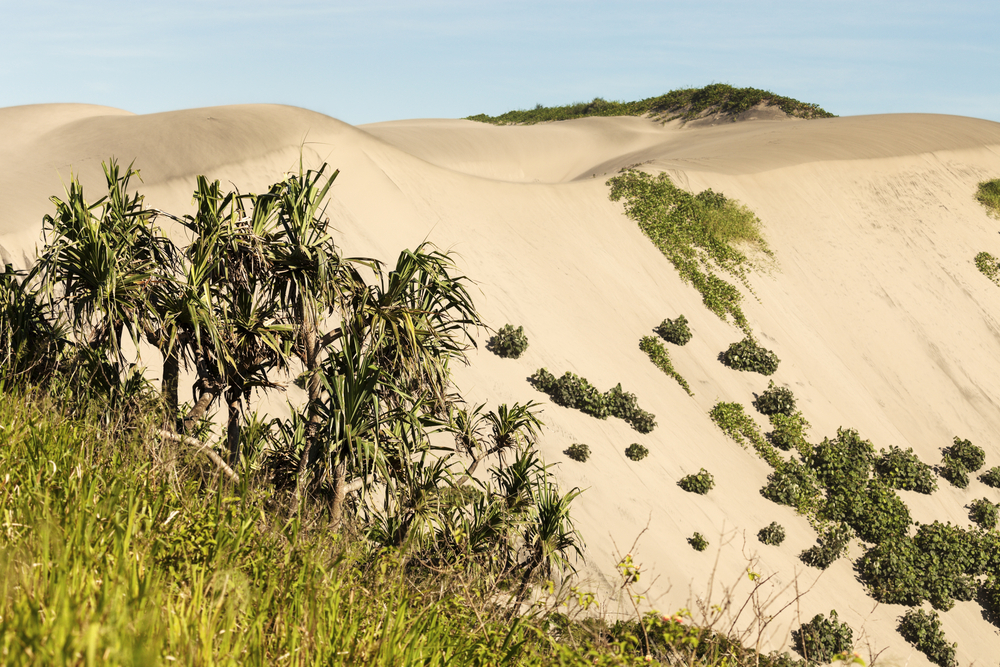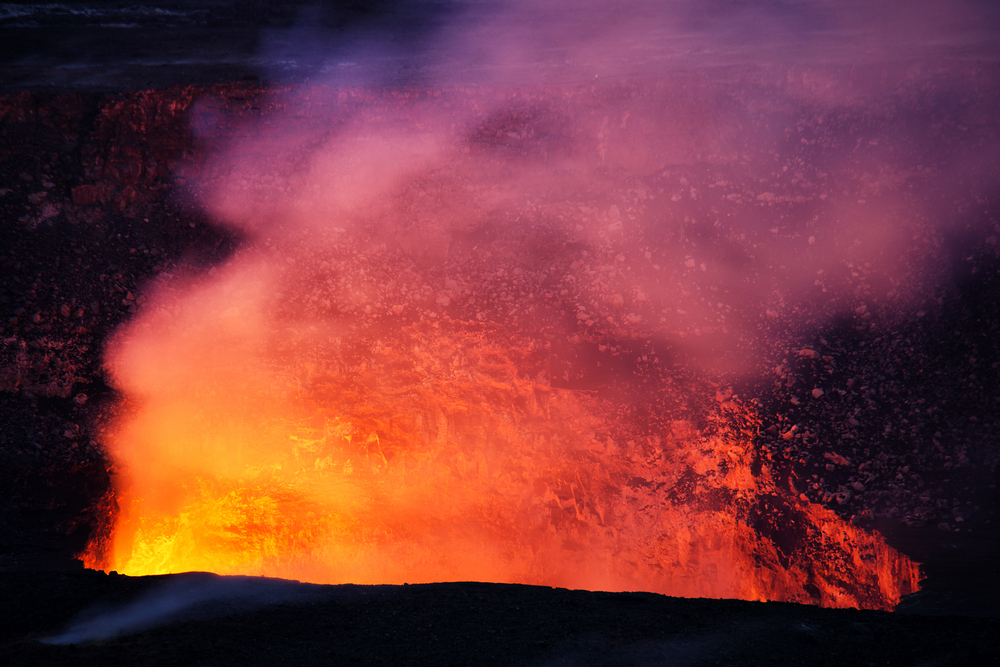Colo-i-Suva Forest Park Overview
Colo-i-Suva Forest Park is a lush, tropical rainforest reserve located on the island of Viti Levu in Fiji.
Spanning approximately 4.97 square kilometers (1.92 square miles), this verdant sanctuary lies just outside Suva, Fiji’s capital, making it an accessible retreat for both locals and visitors. Established to preserve the rich biodiversity of the region, the park is a haven for nature lovers who seek to explore its dense forests, meandering trails, and serene water features.
The terrain of Colo-i-Suva is characterized by rolling hills covered in thick tropical vegetation. Towering mahogany and native dakua trees dominate the canopy, while an abundance of ferns and mosses carpet the forest floor. The park is home to a series of natural pools and waterfalls, including the famous Waisila Falls, where visitors can cool off in the crystal-clear waters.
The trails that weave through the rainforest range from leisurely walks to more challenging hikes, offering visitors a chance to immerse themselves in the natural beauty of the Fijian wilderness. The dense vegetation provides a cool and shaded atmosphere, making it a refreshing escape from the tropical heat.
Wildlife in Colo-i-Suva Forest Park is diverse, particularly in its avian population. Birdwatchers are often drawn to the park to spot species such as the orange dove, barking imperial pigeon, and the Fiji goshawk. The melodious calls of the scarlet robin and golden whistler echo through the forest, creating a symphony of tropical sounds.
In addition to its rich birdlife, the park is home to a variety of small mammals, amphibians, and reptiles. Agile tree frogs and skinks can be spotted among the undergrowth, while the occasional mongoose scurries across the trails. The forest is also teeming with butterflies, including the striking blue moon butterfly, adding vibrant splashes of color to the green landscape.
One of the most popular features of the park is its well-maintained trail system, which allows visitors to experience the rainforest up close. The trails lead to picturesque viewpoints, swimming holes, and waterfalls, with wooden bridges crossing over gentle streams.
The upper pools of the Waisila Falls are a favorite spot for visitors to take a dip, while picnic areas throughout the park provide spaces to relax and enjoy the surroundings. The abundance of plant life and the soothing sounds of flowing water make Colo-i-Suva a serene retreat for those seeking peace in nature.
Visitors can engage with the park in multiple ways, whether by hiking the trails, swimming in the pools, or simply enjoying a leisurely picnic under the canopy. Birdwatching is a major draw, as the park is known as one of the best places in Fiji to observe native and endemic species.
Guided tours provide deeper insights into the ecological significance of the forest, while early morning or late afternoon visits offer the best opportunities to witness the park’s wildlife at its most active.
Conservation efforts within Colo-i-Suva Forest Park focus on protecting its delicate ecosystem from threats such as deforestation and invasive species. While the park remains a well-preserved area, challenges persist in managing human impact, including littering and habitat disturbance.
Local conservation groups and park authorities work to maintain the trails, educate visitors, and ensure that the forest continues to thrive. The successful reforestation of parts of the park with native species highlights the ongoing efforts to restore its ecological balance and preserve it for future generations.














































































